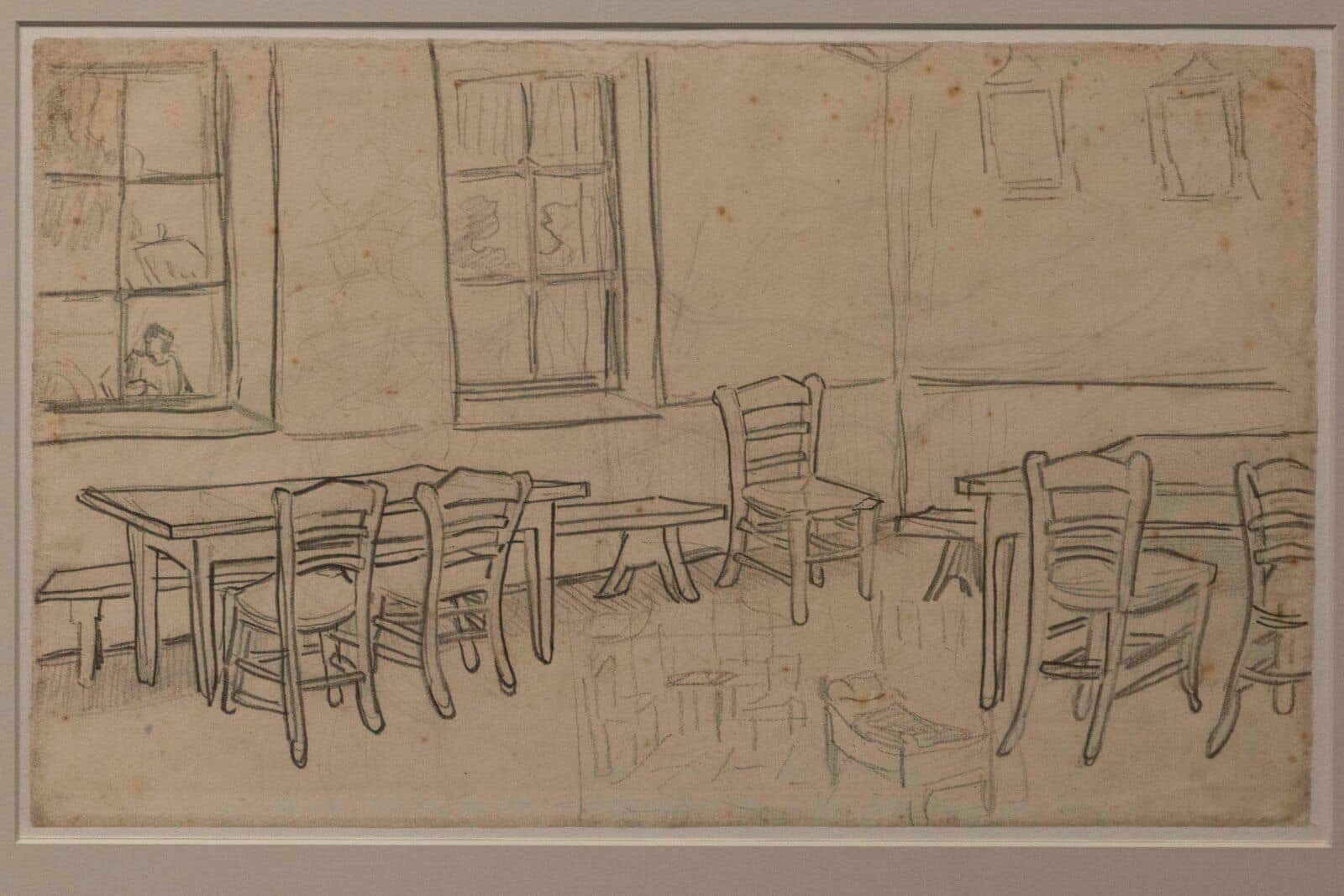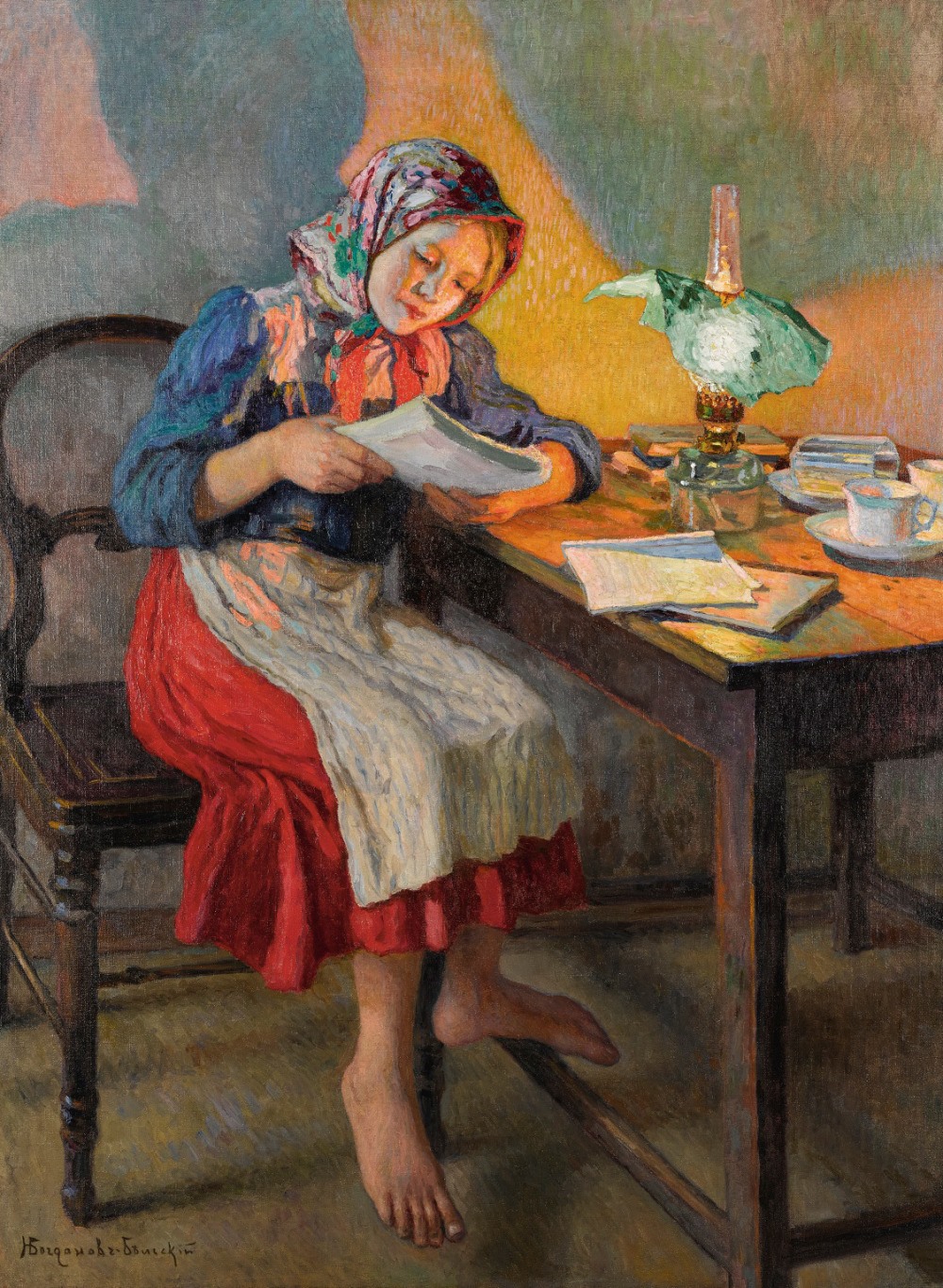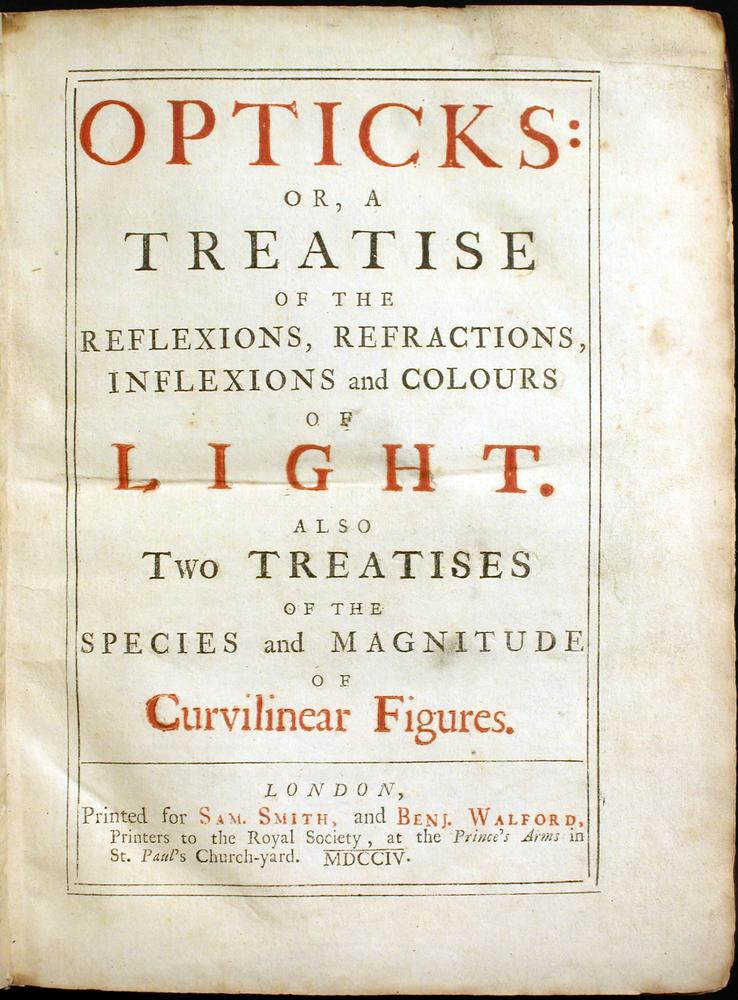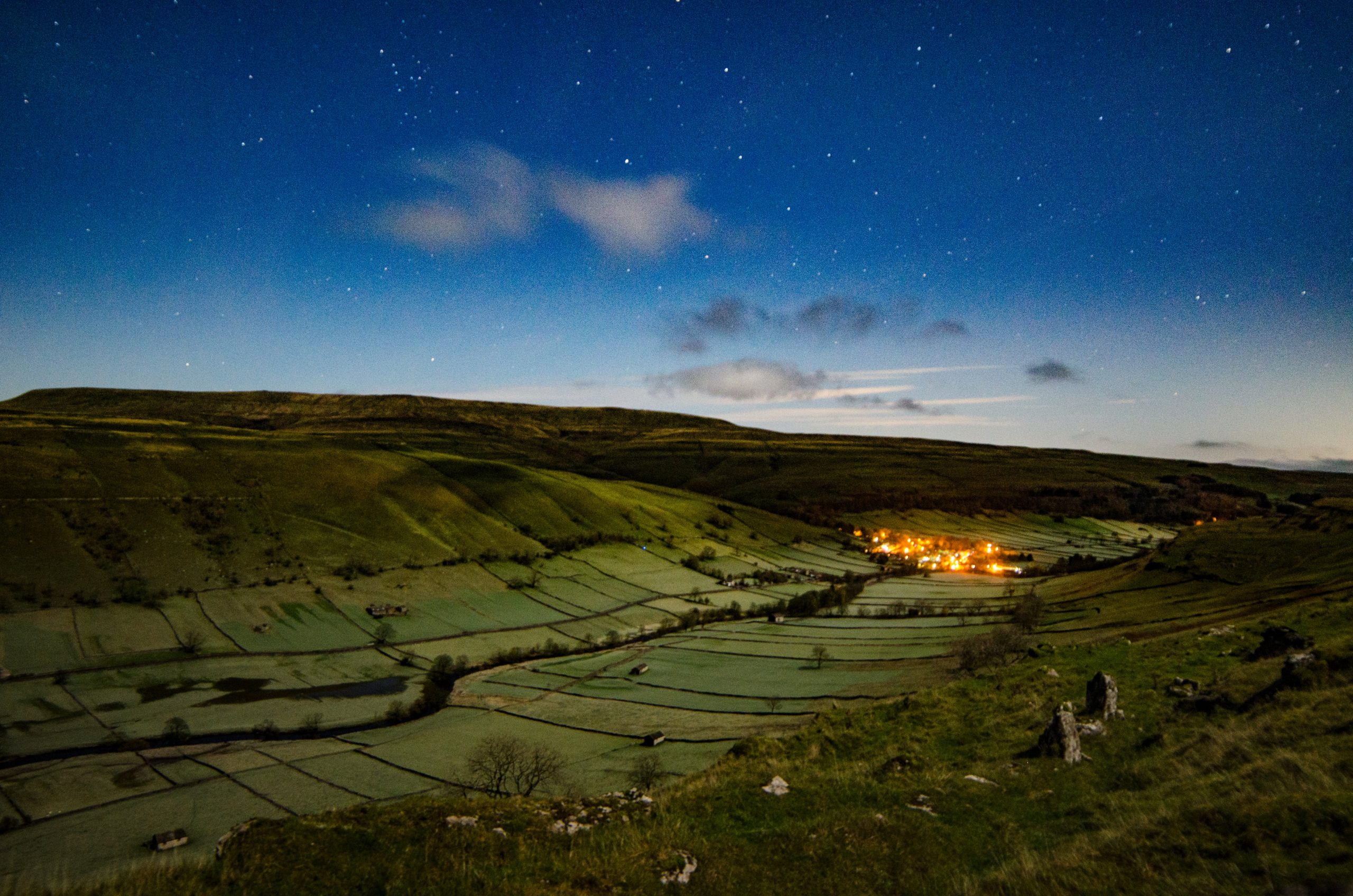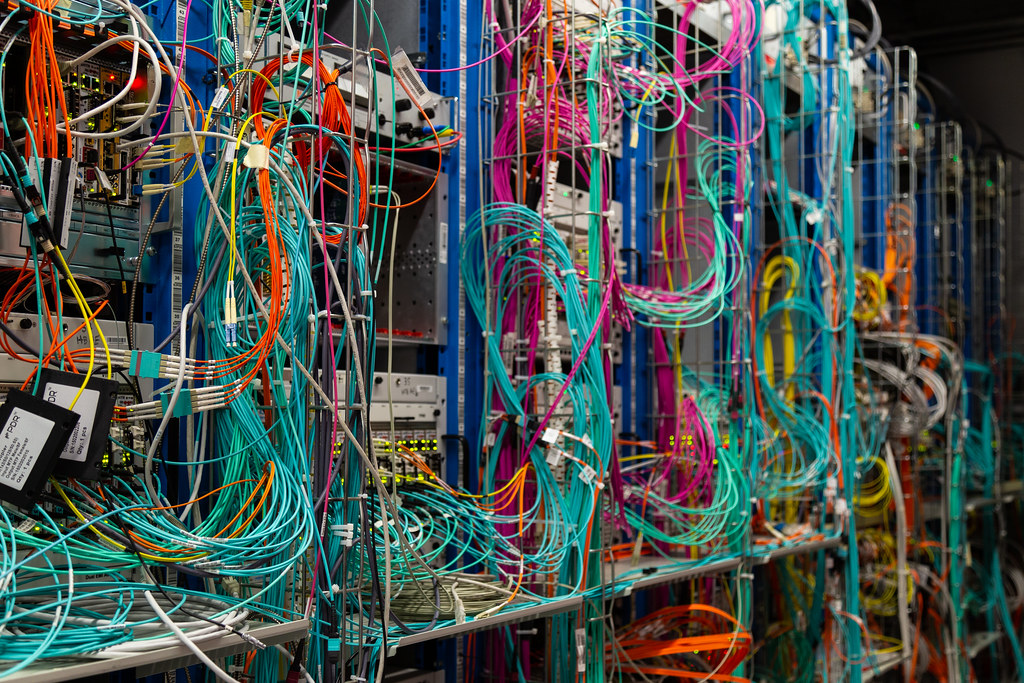Details
- Home Page 120

International Standard Classification of Education
“I am not an Athenian or a Greek,
but a citizen of the world.”
— (Plato quoting Socrates, Phaedo 64a)
ISCED 2011 is an updated version of the previous classification, ISCED 1997, and provides a framework for organizing education programs according to their level of complexity and content. The classification is designed to facilitate the comparison of education systems across countries and regions, and to improve the collection, reporting, and analysis of education statistics.
ISCED 2011 introduces several changes and updates, such as the introduction of a new level of education called “early childhood education,” the expansion of the tertiary education level to include short-cycle tertiary education, and the inclusion of a separate category for vocational education at the secondary level. The classification also includes detailed descriptions of the content and characteristics of each education level, as well as guidelines for classifying educational programs that do not fit neatly into the existing categories.
ISCED 2011 is widely used by national and international organizations, including UNESCO, to collect and report education data, and it provides a common language for discussing education across borders.
Traditional Irish Soda Bread
Ballymaloe Cookery School is situated on a 100-acre organic farm in County Kerry. It produces the freshest vegetables, fruit, meat and dairy products, all of which are used in the kitchen every day. We teach a diverse range of cooking styles but the fundamental message we pass on to our students is the importance of putting time and effort into sourcing the highest-quality ingredients.
Kerry College of Further Education
Illumination 200
Replacing oil and natural gas lighting, the first practical electric light bulb was invented by Thomas Edison in 1879. Joseph W. Swan filed a similar Electric Lamp Patent in 1880. One of the first large-scale installations of electric lighting was at the Savoy Theatre in London in 1881, which was followed by the installation of electric lights in the Palace of Westminster in 1882. By the 1890s, electric lighting had become more widespread and affordable.
| Opticks: or, A treatise of the reflections, refractions, inflexions and colours of light | Sir Isaac Newton 1704 |
The widespread transition to LED lighting in buildings began in the early 2010s. While LED technology had been available since the 1960s, it wasn’t until the 2000s that the technology improved to the point where LED lighting was cost-effective and efficient enough to replace traditional lighting technologies like incandescent and fluorescent lighting. In addition to their energy efficiency, LED lights also have a longer lifespan than traditional lighting technologies, which makes them more cost-effective over the long term.
Today we refresh our understanding of the moment in illumination technologies. Illumination technology was the original inspiration for the electric utility industry; providing night-time security and transforming every sector of every economy on earth. Lighting load remains the largest component of any building’s electric load — about 35 percent– making it a large target for energy regulations. We are organizing our approach to this topic during 2023:
Illumination 100. Survey of illumination standards catalogs
Illumination 200. Interior illumination including industrial and laboratory occupancies
USPTO: Thomas Edison’s Patent Application for the Light Bulb (1880)
Amir Adibi: Light Bulb Patent: The Evolution of Illumination Technology
IEEE: Energy Optimization in Consumer Lightings: An IoT-Based Adaptive Control Mode
Illumination 300. Exterior illumination with emphasis on pathways
Illumination 400. Sport lighting, interior and exterior
Illumination 500. Advanced topics including relevant legislation and noteworthy litigation.
Except jankiness well into 2025. We have been doing this work since 1993 — starting with the National Electrical Code — and getting the topic organized into manageable segments will be a challenge.
Today our inquiry begins with selections from the following documents:
International Electrotechnical Commission TC 34 Lighting
IEC 60364 Electrical Installations in Buildings
Electrical installations and Protection Against Electric Shock
2023 National Electrical Safety Code
IEEE P3001.9 – Recommended Practice for the Design of Power Systems Supplying Lighting Systems in Commercial and Industrial Facilities (under development)
2023 National Electrical Code: Article 410
2019 ASHRAE 90.1: Chapter 9 Lighting
Illumination Engineering Society: Various titles
…and about 20 other accredited, consortia or ad hoc standards developers and publishers aligned principally with vertical incumbents. Illumination was the original inspiration (i.e. the first “killer app”) for the electrical power industry in every nation. Its best practice literature reflects a fast-moving, shape-changing domain.
Click in today with the login credentials at the upper right of our home page.
With a @UCIrvine @UCIEngineering faculty delegation to the @PacificSymphony to discuss our joint new instrument competition. The details are still being worked out but needless to say, it will be epic! pic.twitter.com/dvT4Mfp9xU
— UCI Engineering Dean (@UCIEngineerDean) September 25, 2023
More
International Commission on Illumination
National Electrical Manufacturers Association
Lighting Systems Division Standards
National Electrical Contractors Association
Standard for Installing Indoor Commercial Lighting Systems (NECA500-06PDF)
Standard for Installing Exterior Lighting Systems (NECA501-06PDF)
Standard for Installing Industrial Lighting Systems (NECA502-06PDF)
Representative Specifications
Sam Houston State University | Division 26500 Interior and Exterior Lighting
University of Delaware | Division 265100 Interior Lighting
Cal Poly University San Luis Obispo | Division 265100 Interior Lighting
Chicken Shepard’s Pie
NSF International (Ann Arbor, Michigan): Food Equipment Standards
This traditional Irish dish originated as a thrifty way to repurpose leftover meat. In the late 18th century, the concept evolved from using lamb or mutton, commonly tended by shepherds, hence the name. The dish typically comprises minced meat — lamb, beef or chicken — cooked with vegetables and gravy, topped with mashed potatoes.
Ingredients:
• 1 can chicken, drained
• ½ can canned sliced potatoes
• 2 tsp onion powder
• ½ cup canned peas, drained
• 2 tbsp Worcestershire sauce
• 1 tbsp butter
• Splash of milk
• 2 tsp salt
• 2 tsp black pepper
• 1 tsp nutmeg
Directions:
1. Heat potatoes in microwave safe bowl, ~2 mins. Mash the potatoes with the milk and butter, a Teaspoon each of salt, pepper, and garlic powder, stir well. Adjust seasoning. Set aside.
2. Add remaining ingredients, stir well.
3. Spoon the mashed potatoes evenly on top of the meat.
4. Cook covered in the microwave oven for 3-5 minutes on medium power.
5. Cut into 2 portions. Scoop out from the bottom to keep the layers intact.
More:
New Mexico State University Recipe
University of Illinois Venison Recipe
This video has been made available for informational and educational purposes only. UCCS hereby disclaims any and all liability to any party for any direct, indirect, implied, punitive, special, incidental or other consequential damages arising directly or indirectly from any use of this video, which is provided as is, and without warranties.
Belgian Buns & Tea
Paul Hollywood’s Belgian Buns | Bake Off Technical Challenge
BSI is a private company incorporated by the British Royal Charter, first awarded (to the British Engineering Standards Association) in 1929.
My daughter made Belgium buns.. want to try one? pic.twitter.com/rrmJopl0O2
— nicola h (@nkh12349) March 9, 2025
Did you know we have a number of programmes available with a January start date? Find out more about our programmes, scholarships and accommodation and join us in the new year – https://t.co/0sb2ziLGnK pic.twitter.com/kJopkWS8QH
— University of Aberdeen (@aberdeenuni) October 26, 2024
The St. Scholastica’s Day Riot
St. Louis Public Radio: How Lance Geiger became a YouTube star with ‘The History Guy’
Lorem ipsum
We've all been there. 📚 pic.twitter.com/nUUSo9fSln
— St. Scholastica (@StScholastica) December 13, 2023
Electrical Inspector Professional Qualifications
NFPA 1078 Standard for Electrical Inspector Professional Qualifications identifies the minimum job performance requirements for electrical inspectors. Qualifications for electrical inspectors are heavily regulated by state public safety agencies. Many, if not most electrical inspectors are former electricians. This means that part of their career has been spent working as an Labor/Installer/Maintenance stakeholder, and another part of their career has been spend as an Enforcement stakeholder. (See NFPA Classification of Committee Members). This can be a sensitive condition in large research universities that have a resident full-time enforcement staff ; the subject of a separate post.
Free access to the current 2024 edition is linked below:
The 2028 revision is now open for public input. It is always enlightening to follow the transcripts of the previous revision cycles to see what ideas have been in play.
Electrical Inspection Practices (EEP-AAA)
Professional Qualifications (PQU-AAC)
Public input on the 2028 revision will be received until June 4, 2025
We have found that passions are elevated among stakeholders whenever compliance and conformance revenue is involved — i.e. in any consensus product that covers labor (i.e. billable hours).
We include this standard on the standing agenda of our monthly Human Resource, Power and Infotech teleconferences. See our CALENDAR for the next online meeting; open to everyone.


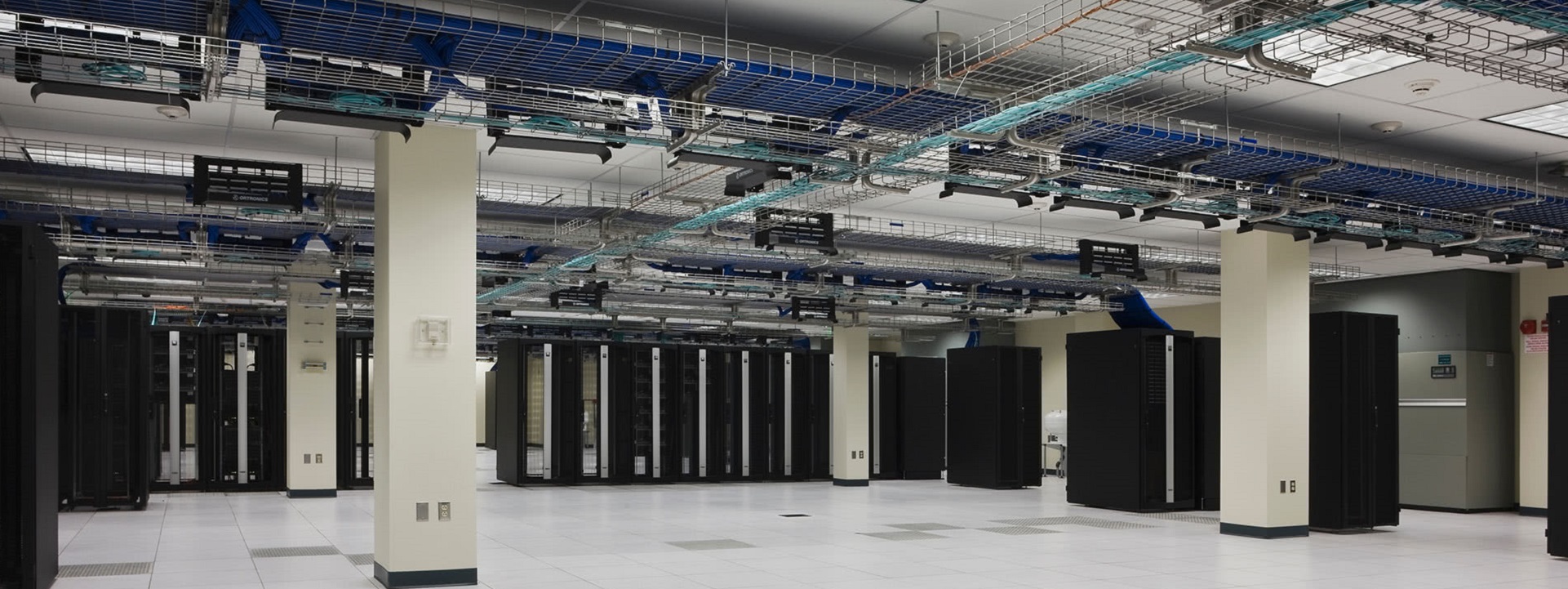
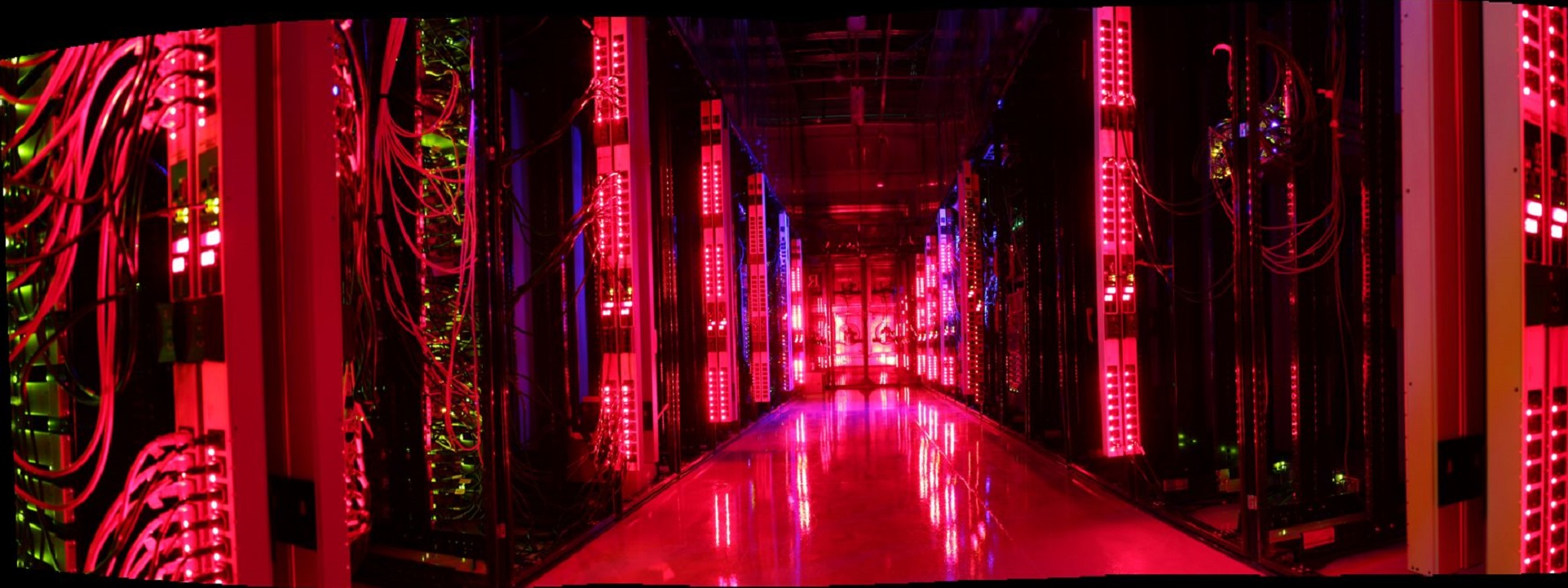


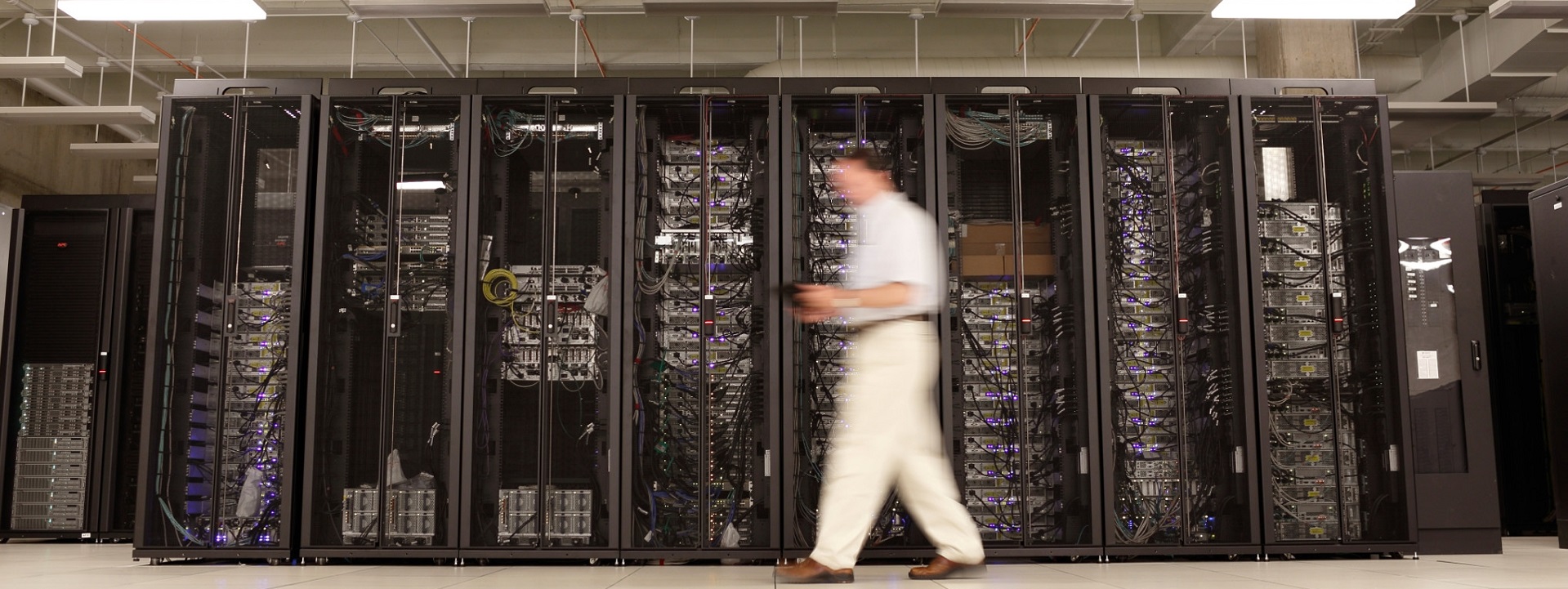
Materiality of Human Capital Metrics
Materiality of Human Capital Metrics
Lee S. Webster | University of Texas Medical Branch
Since the advent of scientific management in the late 19th century, investors have remained unpersuaded if not dismissive of human capital measures when determining the cumulative financial value of publicly traded companies. This reluctance stems from a perceived arbitrariness and empirical uncertainty that has attached to the measurement of workforce contributions to organizational value. Past critics of the use of human capital metrics frequently claim these measures are unproven, unserious, and immaterial disclosures that fail to meet the standard of relevant information for investors to consider. Contemporary management and investment experts challenge that reasoning and offer a more expansive and inclusive perspective of what investors need to know to make informed decisions. The publication of ISO 30414:2018 Human resource management* recommends that stakeholders revisit the relevance of human capital measurement in both American and international board rooms, investment banks, regulatory agencies, and security markets. These stakeholders now have the means to explore whether human capital measures can provide faithfully and rigorously derived material information for investors.
* Human resource management — Guidelines for internal and external human capital reporting
CLICK HERE for access to complete article
Barbering & Cosmetology Academies
This content is accessible to paid subscribers. To view it please enter your password below or send mike@standardsmichigan.com a request for subscription details.
New update alert! The 2022 update to the Trademark Assignment Dataset is now available online. Find 1.29 million trademark assignments, involving 2.28 million unique trademark properties issued by the USPTO between March 1952 and January 2023: https://t.co/njrDAbSpwB pic.twitter.com/GkAXrHoQ9T
— USPTO (@uspto) July 13, 2023
Standards Michigan Group, LLC
2723 South State Street | Suite 150
Ann Arbor, MI 48104 USA
888-746-3670


